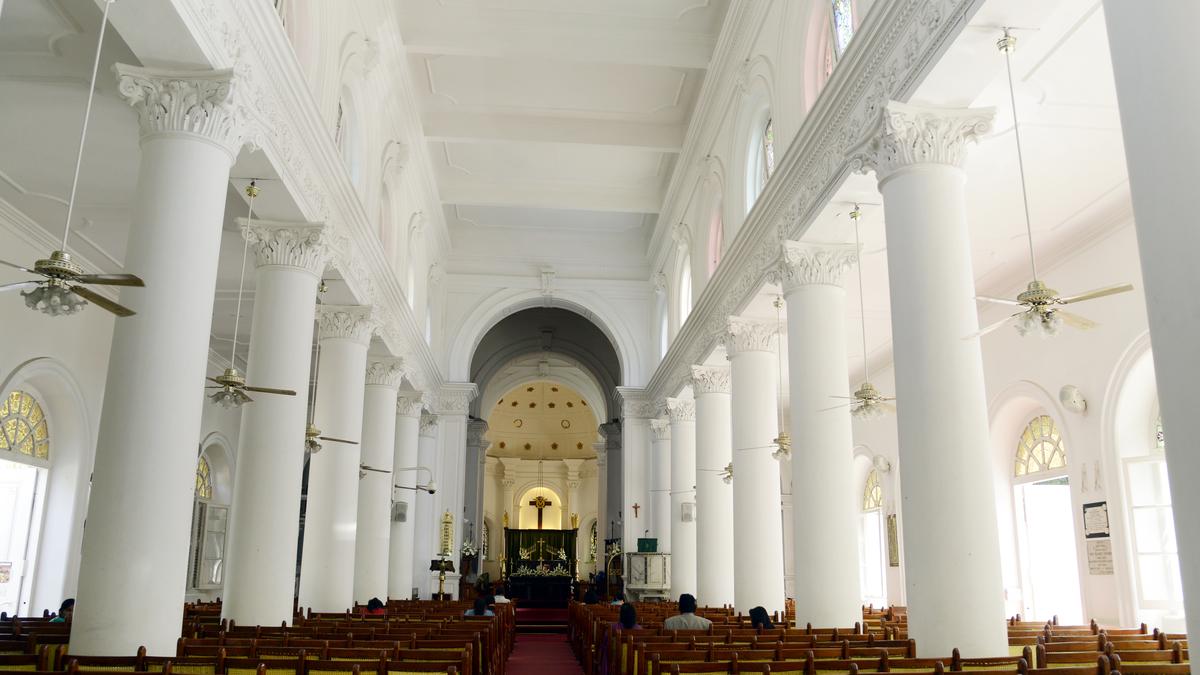
Bengaluru’s oldest churches tell stories of the city’s layered history Premium
The Hindu
Bengaluru, strategically located between Mangaluru on the west coast and Chennai on the east, became an important outpost for the British. As a result, it only made sense for the soldiers who settled here to establish a few Anglican and Catholic churches. Meanwhile, the Wesleyan missionaries who were focused on “educating” the local population for their social upliftment, also found the time to set up a few churches alongside their mission.
Beyond Bengaluru’s tech corridors and busy streets lie its oldest churches, where every brick holds a story from the colonial past, and every tradition bridges past and present.
Bengaluru, strategically located between Mangaluru on the west coast and Chennai on the east, became an important outpost for the British. As a result, it only made sense for the soldiers who settled here to establish a few Anglican and Catholic churches. Meanwhile, the Wesleyan missionaries who were focused on “educating” the local population for their social upliftment, also found the time to set up a few churches alongside their mission.
While the city races toward the future, these churches serve as gentle reminders of Bengaluru’s layered history. Sunil Pichamuthu, a renowned historian specializing in South Indian Christian heritage, unravelled the layered history of the city’s oldest churches.
St. Mark’s Cathedral, the oldest church in Bengaluru, was established in 1808. Initially 100 feet in length, 50 feet in width, and 20 feet in height, its modest dimensions mirrored the size of ships from that era. It underwent a major expansion in 1898, transforming into the grand structure it is today.
An interesting trivia about this cathedral is that it began as a garrison church for the Madras Army officials serving under the East India Company. A cornerstone of the city’s colonial history and Christian heritage, the cathedral remains a vital place of worship and community gatherings.
It houses one of the best-maintained church bells in India, which serves a functional purpose and stands as a symbol of the cathedral’s rich musical tradition. As Pichamuthu notes, nearly 4,000 people visit the church every Christmas evening, drawn by its spiritual and historical significance.
St. Mary’s Basilica, located in Shivaji Nagar, began as a simple thatched hut built by Tamil Christian migrants in the 17th century. When these migrants reached Bengaluru to settle, they found that the land was fertile to sow rice. They built a thatched hut and named it as ‘Chapel of Kanikkai Matha.’

The Karnataka government has drafted a comprehensive master plan for the integrated development of Kukke Subrahmanya temple, the State’s highest revenue-generating temple managed by the Hindu Religious Institutions and Charitable Endowments Department. The redevelopment initiative is estimated to cost around ₹254 crore and aims to enhance infrastructure and facilities for devotees.












